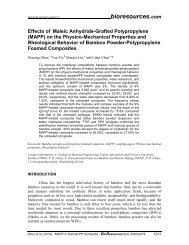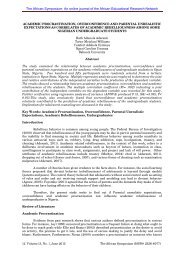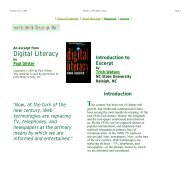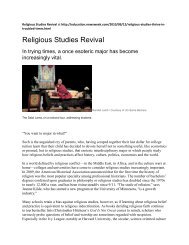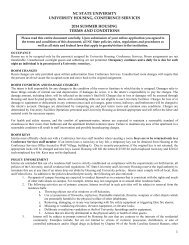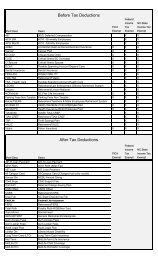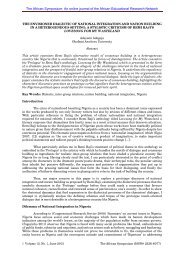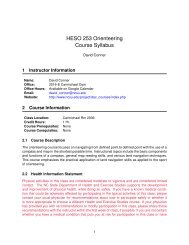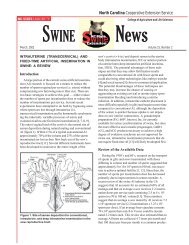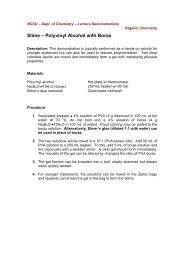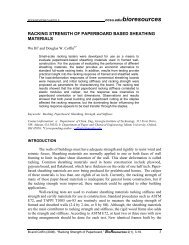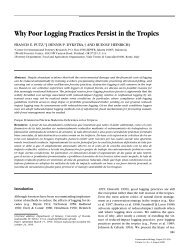Windows QTL Cartographer 2.5 - FTP Directory Listing
Windows QTL Cartographer 2.5 - FTP Directory Listing
Windows QTL Cartographer 2.5 - FTP Directory Listing
Create successful ePaper yourself
Turn your PDF publications into a flip-book with our unique Google optimized e-Paper software.
© 2010 N.C. State University, Bioinformatics Research Center<br />
Win<strong>QTL</strong>Cart Procedures 41<br />
r (Recombination frequency) - If you choose this parameter, then token -function should be 3<br />
(Morgan)<br />
Token –chromosome (Line 10)<br />
Indicates total number of chromosomes for source data.<br />
Token –maximum (Line 11)<br />
Indicates the maximum number of markers for a chromosome for all of the source data.<br />
Token –named (Line 12)<br />
Either yes or no.<br />
Yes means markers have names<br />
No means markers will not have names.<br />
Token –start and –end (Line 13 and Line 55)<br />
Use these tokens to start and end the marker position data of all chromosomes.<br />
Token –Chromosome (Line 14, 28, and 41)<br />
Indicates chromosome name. The marker position data for this chromosome will start with the next line.<br />
Token #bycross (Line 56)<br />
Indicates that cross information is to begin.<br />
Token –SampleSize (Line 57)<br />
Indicates sample size or individual number.<br />
Token –Cross (Line 58)<br />
Indicates codes for crosstype mating design (see the following table).<br />
Code Design Examples<br />
Bi Backcross to Pi B1, B2<br />
Bij Backcross j times to Pi B13, B25<br />
SFi Selfed generation i intercross SF2, SF6<br />
RFi Randomly mated generation i intercross RF2, RF3<br />
RI0 Doubled haploid RI0<br />
RI1 Recombinant inbred via selfing RI1<br />
RI2 Recombinant inbred via sib mating RI2<br />
T(Bi)SFj Testcross of SFi to Pj T(B1)SF3<br />
T(SFi+j)SFi Testcross of SFi for j generations T(SF4)SF3<br />
T(Bj)RFi Testcross of RFi to Pj T(B1)RF3<br />
T(D3)SFi Design III T(D3)SF5<br />
Token –traits (Line 59)<br />
Indicates trait number of source data.<br />
Token –otraits (Line 60)<br />
Indicates other trait number of source data. Other trait (also called a categorical trait) is the trait with<br />
qualitative or categorical values, such as sex; color, and so on. Other traits can be used as factors that<br />
can be "regressed out" in regression analysis. This means a regression of the quantitative trait of<br />
interest on the categorical trait will have been performed and the residuals used as the phenotypes in the<br />
analysis.



